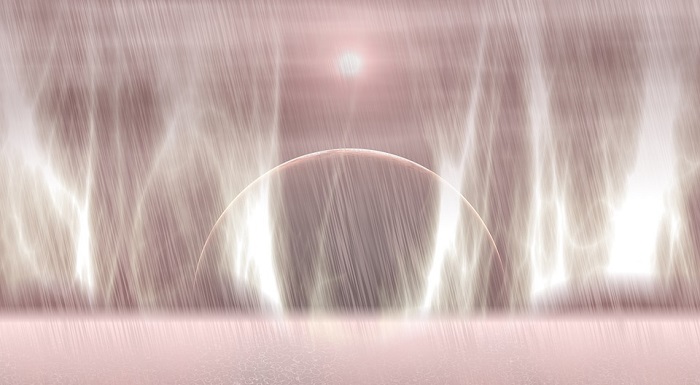
Elmo's fire was observed and its optical spectrum recorded during a University of Alaska research flight over the Amazon in 1995 to study sprites. While the bright flashes of light shared similarities with St Elmo's fire, the glow experienced was from the impact of ash particles on the leading edges of the aircraft, similar to that seen by operators of sandblasting equipment. Among the phenomena experienced on British Airways Flight 9 on 24 June 1982 were glowing light flashes along the leading edges of the aircraft, including the wings and cockpit windscreen, which were seen by both passengers and crew.St Elmo's fire was seen during the 1955 Great Plains tornado outbreak in Kansas and Oklahoma.


Sharp points lower the necessary voltage because electric fields are more concentrated in areas of high curvature, so discharges preferentially occur and are more intense at the ends of pointed objects.

The magnitude of the electric field depends greatly on the geometry (shape and size) of the object. A local electric field of about 100 kV/m is required to begin a discharge in moist air. Elmo's fire are present during thunderstorms, when high-voltage differentials are present between clouds and the ground underneath. The electric field around the affected object causes ionization of the air molecules, producing a faint glow easily visible in low-light conditions. Elmo's fire is a reproducible and demonstrable form of plasma. The phenomenon, which can warn of an imminent lightning strike, was regarded by sailors with awe and sometimes considered to be a good omen. The intensity of the effect, a blue or violet glow around the object, often accompanied by a hissing or buzzing sound, is proportional to the strength of the electric field and therefore noticeable primarily during thunderstorms or volcanic eruptions. It has also been observed on the leading edges of airplanes, as in the case of British Airways Flight 009. Elmo's fire-also called Witchfire or Witch's Fire -is a weather phenomenon in which luminous plasma is created by a corona discharge from a rod-like object such as a mast, spire, chimney, or animal horn in an atmospheric electric field. Electrostatic discharge flashes across the windscreen of a KC-10 cockpit


 0 kommentar(er)
0 kommentar(er)
